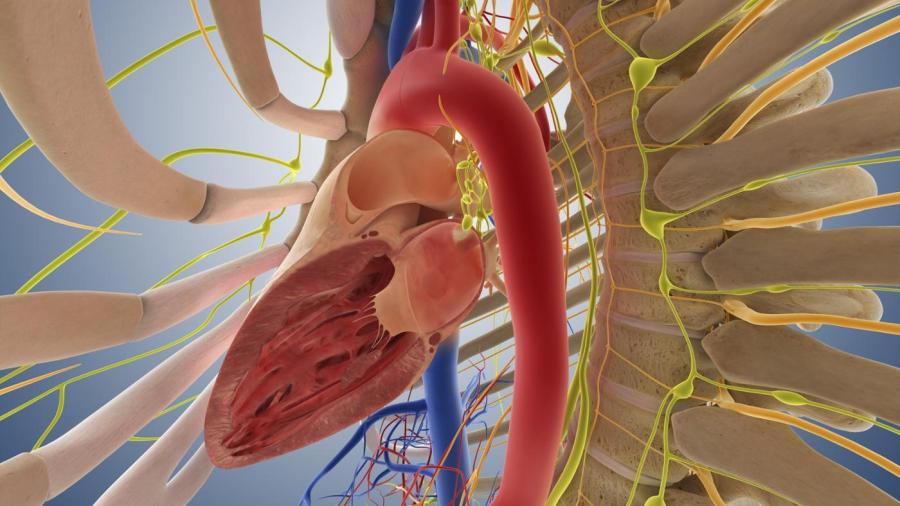What Is the Largest Vein in the Human Body?
Follow Us:
Twitter

The two largest veins in the human body are the superior and inferior vena cavae. These veins, which are roughly the same size, are the final conduits for deoxygenated blood before it is returned to the heart.
The superior vena cava drains the exhausted blood from the head, neck, arms and chest. The inferior vena cava receives blood from the veins of the abdomen and lower extremities. These veins run very close to the centerline of the human trunk, and both empty into the heart’s right atrium. Each vena cava is formed from the junction of smaller veins and averages 15 to 17 millimeters in diameter.





